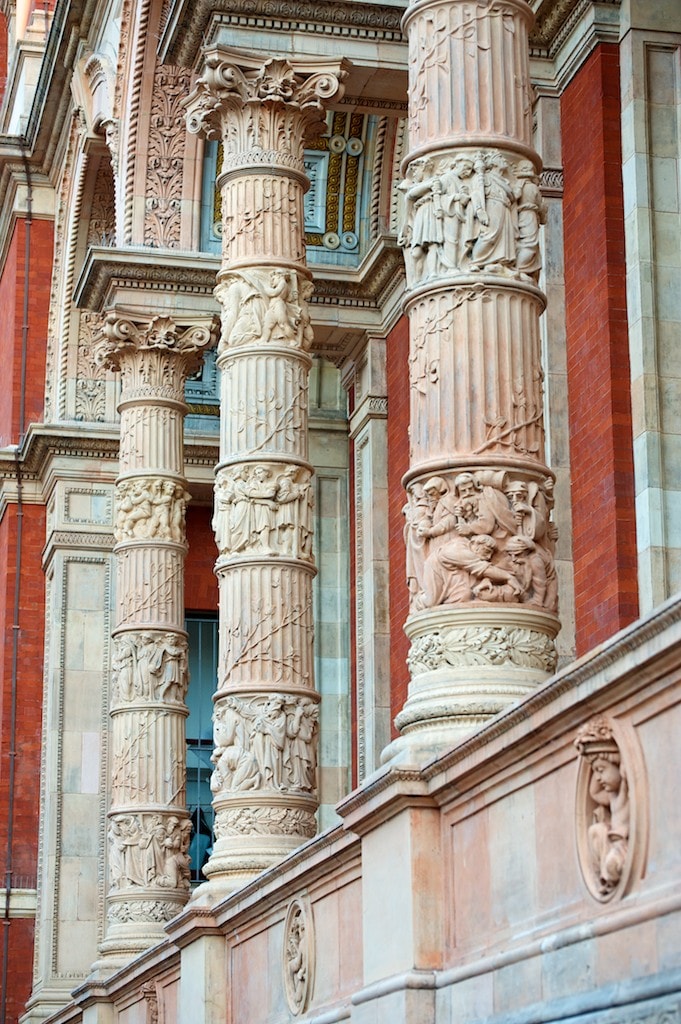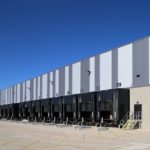Sector - Public Sector
Lockdown’s Taught us Other Ways of Working

Adrian Attwood, Executive Director at DBR Ltd., discusses how the conservation construction industry is recovering—and thriving—post shutdown
It’s fair to say the UK construction industry was significantly affected by the coronavirus pandemic, however the good news is it’s finally starting to bounce back.
The UK Construction PMI jumped to 55.3 in June 2020 from 28.9 in the previous month, with the latest reading signalling the steepest increase in construction output since July 2019. Much of this increase is down to the speed with which the construction supply chain resumed, and the efficient reopening of sites, following stoppages and business closures due to COVID-19.[1]
While the green shoots of recovery are beginning to appear, the conservation construction sector has seen mixed success. This is related to various factors, including: new health and safety procedures, the types of projects worked on, how much access workers have had to construction sites during the height of the pandemic and working remotely.
Undoubtedly, there have been many challenges for those working in construction. However, a number of companies not only weathered the storm but actually flourished during lockdown, with projects moving full speed ahead, albeit with social distancing and additional hygiene measures in place. This bodes well for the industry moving forward.
COVID-19 challenges
One of the biggest challenges faced by the conservation construction industry involves the inevitability of multiple personnel working in tight spaces, such as tunnels and crypts. Strict health and safety requirements had to be put in place to ensure worker safety.
Company procedures were revised to ensure they fell in line with updated government guidelines, and extensive discussions with clients took place so everyone was fully briefed and able to abide by the new rules.
Additional costs are another challenge as the number of workers on site has been reduced, resulting in extended programmes of work. The additional health and safety procedures has meant increasing the size of welfare units, putting management procedures in place to stagger break times, enhanced sanitation and more PPE (if it can be obtained). In fact, lack of available PPE is a persistent problem, especially face shields tailored to meet the needs of construction professionals.
A third issue is transport, which remains a major challenge. One COVID-positive case, resulting from a packed train or bus, can prove catastrophic for everyone on site. Employee health and wellbeing needs to be every construction company’s priority; just as a building can’t stay standing if its structure is weak, a construction team may not be able to work efficiently if a team member is unwell.
In terms of projects, government sites and palaces have generally taken longer to ramp back up because they needed to be particularly careful about how they proceeded during the shutdown as their primary functions would take priority over construction work. Conversely, where public buildings had lost their footfall, such as museums, the opportunity to carry out essential maintenance work without the usual constraints was immediately available.
There’s light at the end of the tunnel
While the commercial and residential construction industry took a hard hit, conservation construction saw some positives during, and as a result of, the lockdown.
One of our largest projects, Liberty London, stayed on track, as we were able to carry out the work without any interruption. For example, we could remove more windows for repair than we normally would have been permitted to, as there wasn’t anything on display to work around due to the store being closed. All merchandise could be moved from the working area.
We also used the time effectively to get the scaffolding built before losing the good weather window. This was the case with the Royal Pavilion in Brighton, the repairs of which include extensive stonework replacement and the dismantling and rebuilding of its iconic Porte Cochere columns.
Further, the shutdown has inspired, for the most part, a better work-life balance. It has shown us there is another way of doing things, and while solely working remotely isn’t effective in the construction industry, there is certainly room for it.
Lastly, business enquiry levels have remained stable for us, and for some of our services, have increased. This is most likely due to surveyors and architects finding they have more time to develop and submit documents for projects already in the pipeline. However, this will only truly be confirmed in 2021, once we revisit the status of projects that haven’t yet entered the design stage due to the pandemic.
A resilient industry
Teamwork, employee welfare checks and following government guidelines are all essential to a successful recovery. This has been a difficult time for everyone regardless of their profession, so one can imagine the struggles construction professionals have faced, whether from continuing to work on busy sites or not being able to work for a long period of time.
However, with every negative there is a positive, and this has certainly been the case in the construction industry. The challenges faced have shown contractors to be resilient, teaching them to find new ways not only to cope but to excel.
Nations need to build and repair to survive, so there will always be new construction projects. That being said, it never hurts to reflect on when times were hard and to work towards a better, brighter future.
[1] https://tradingeconomics.com/united-kingdom/construction-pmi
If you would like to read more like this, then please click here
Related Articles
More Public Sector Features
- Pagabo provides clarity on impacts of new NPPS and PPNs
12 Mar 25
The Labour government’s new National Procurement Policy Statement (NPPS) sets out strategic priorities for public procurement.
- How is the Procurement Act going to drive social value
24 Feb 25
The regulations laid out within the Procurement Act 2023 will go live today.
- Assessing progress one year into the Timber Roadmap
7 Jan 25
At the end of 2023, the government launched the Timber in Construction Roadmap.






